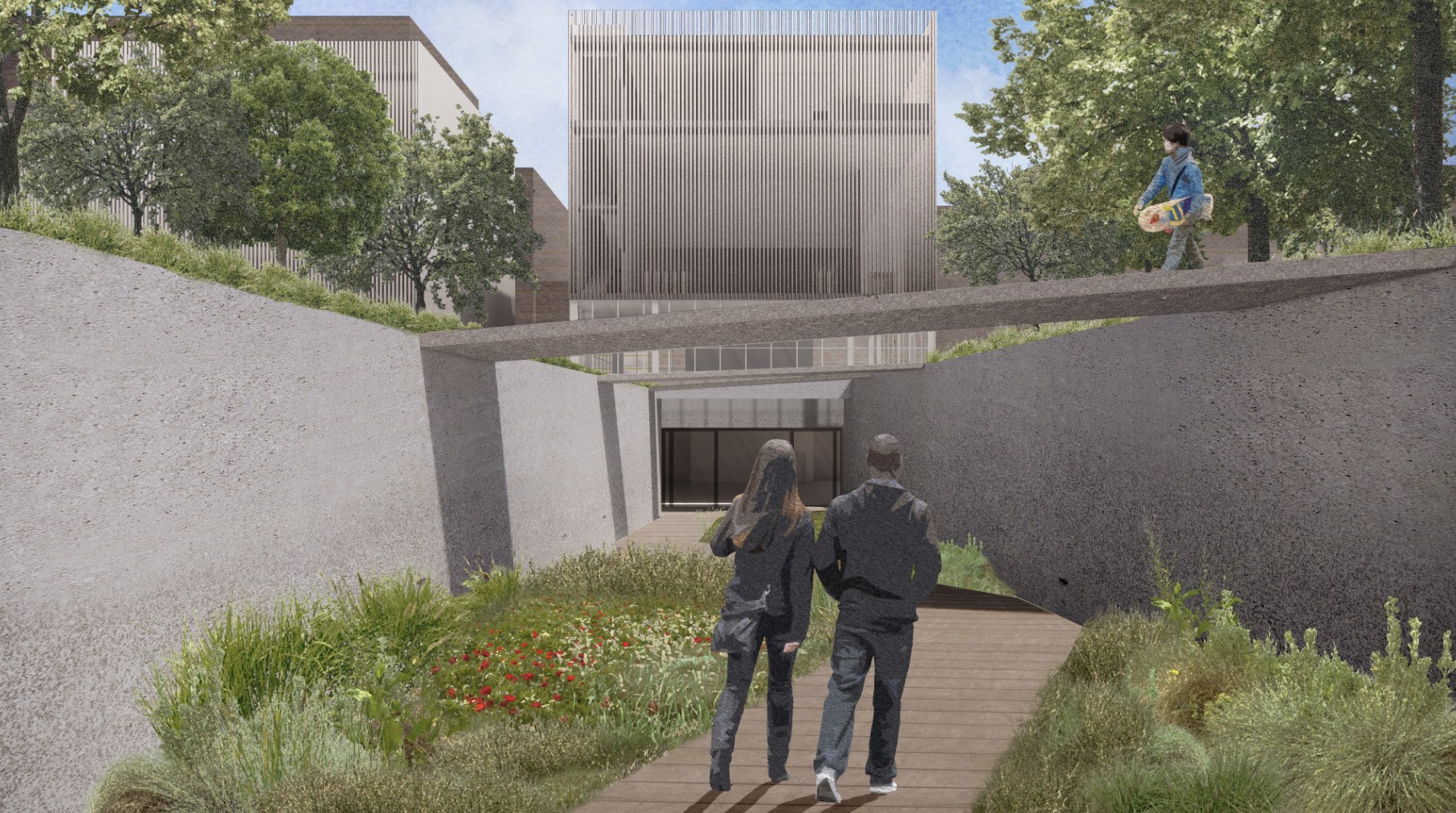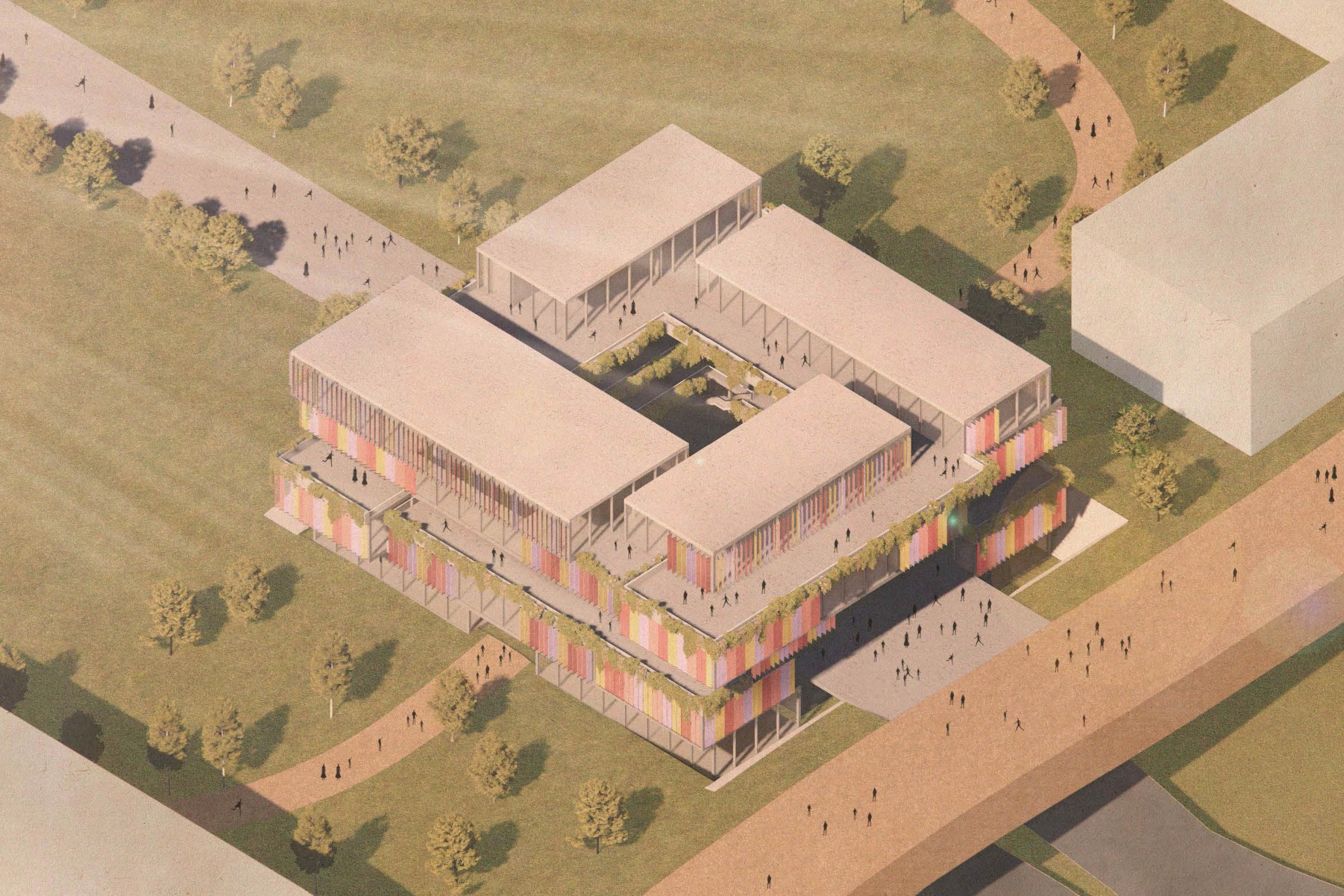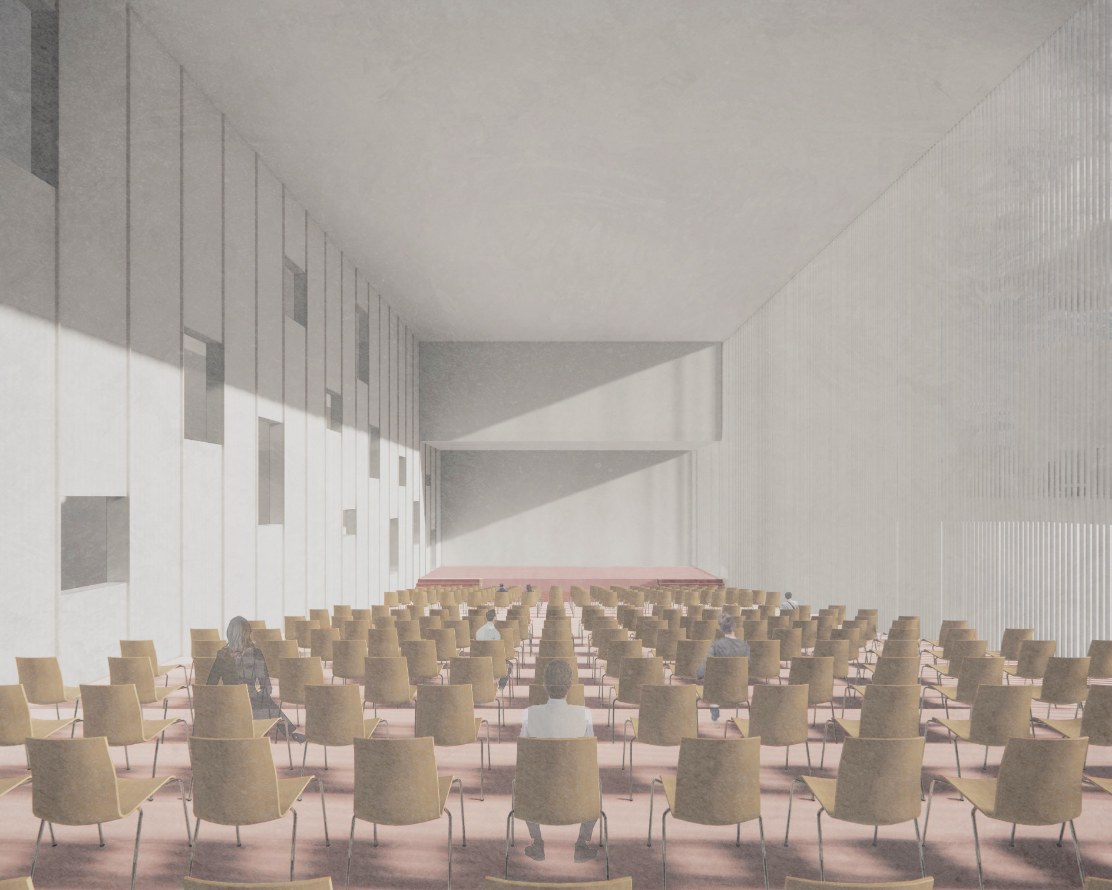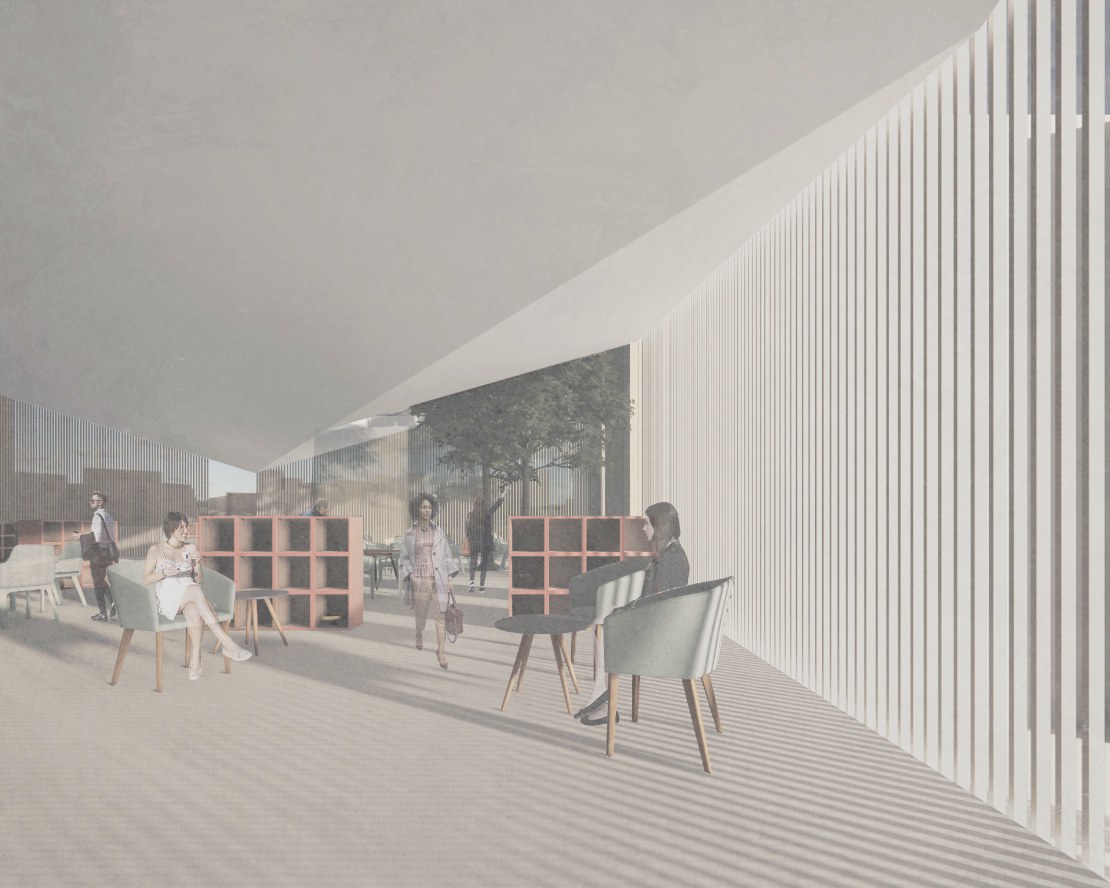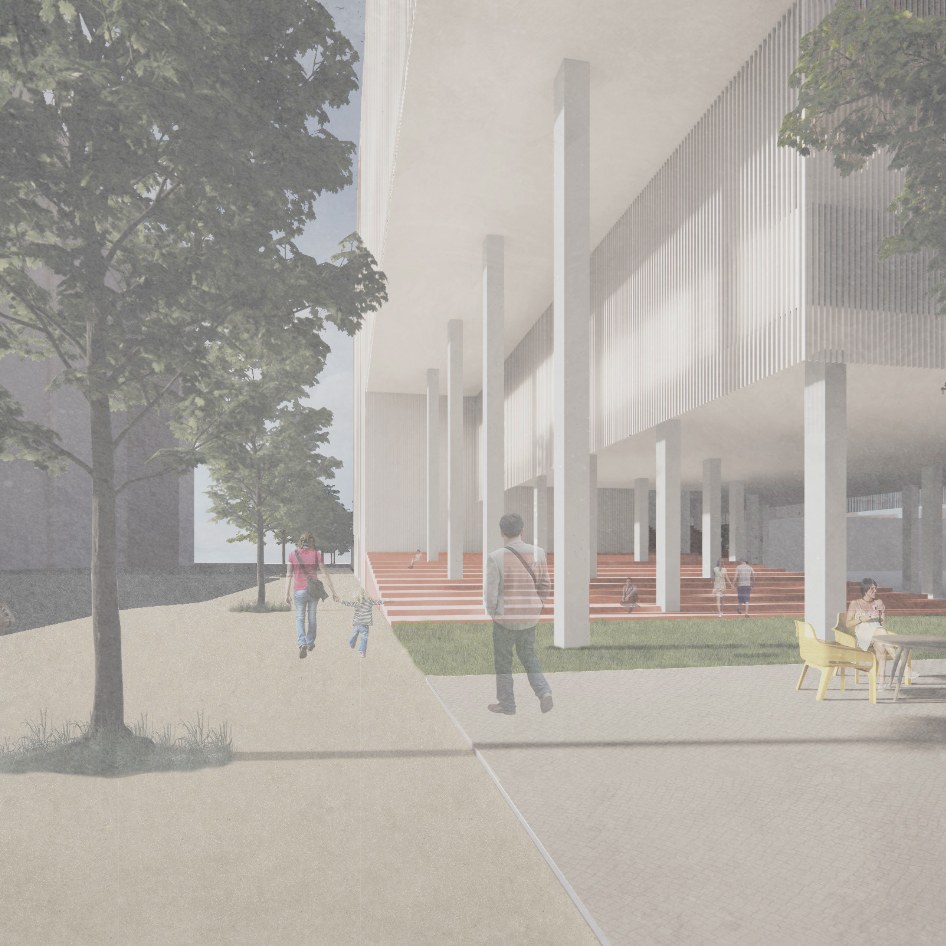Third Year Core Studio for Architecture and design
Third-Year Design Studio
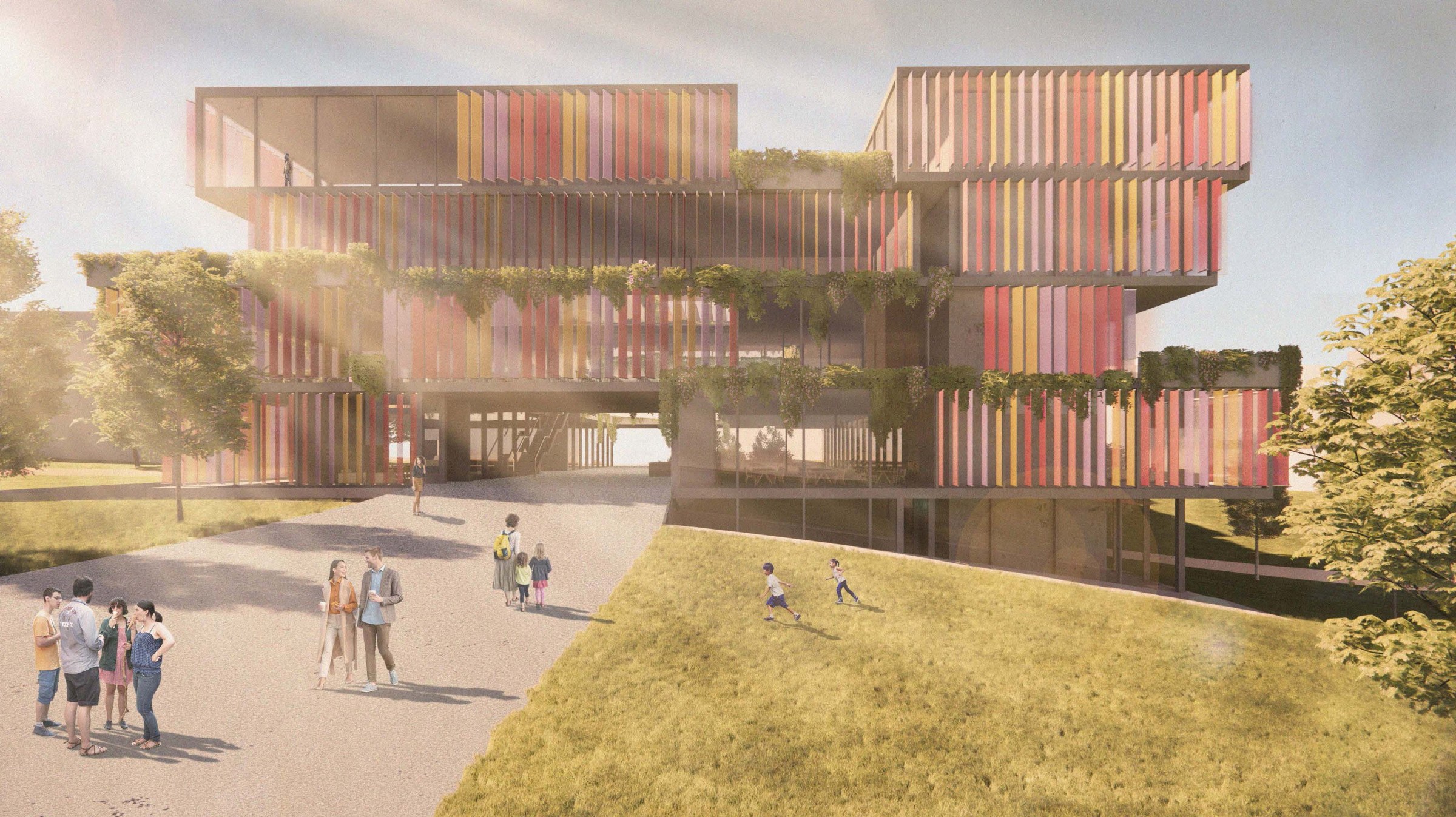
The 3031 architecture design studio introduces students to the scale of the city - reinforcing and expanding the previously learned lessons of building organization and program circulation within a city block to larger areas of the city. Students will be introduced to the vocabulary and the instruments of urban design; they will investigate and analyze / map the urban context at various scales; they will research and analyze precedents; they will synthesize their findings and, in an urban scenario emphasizing sustainable density and water resiliency, speculate on the development of a series of parcels with respect to context, program, zoning parameters, and site opportunities. In a further development the strategies laid-out in this urban plan will be the basis for the detailed design of a particular building on the site.
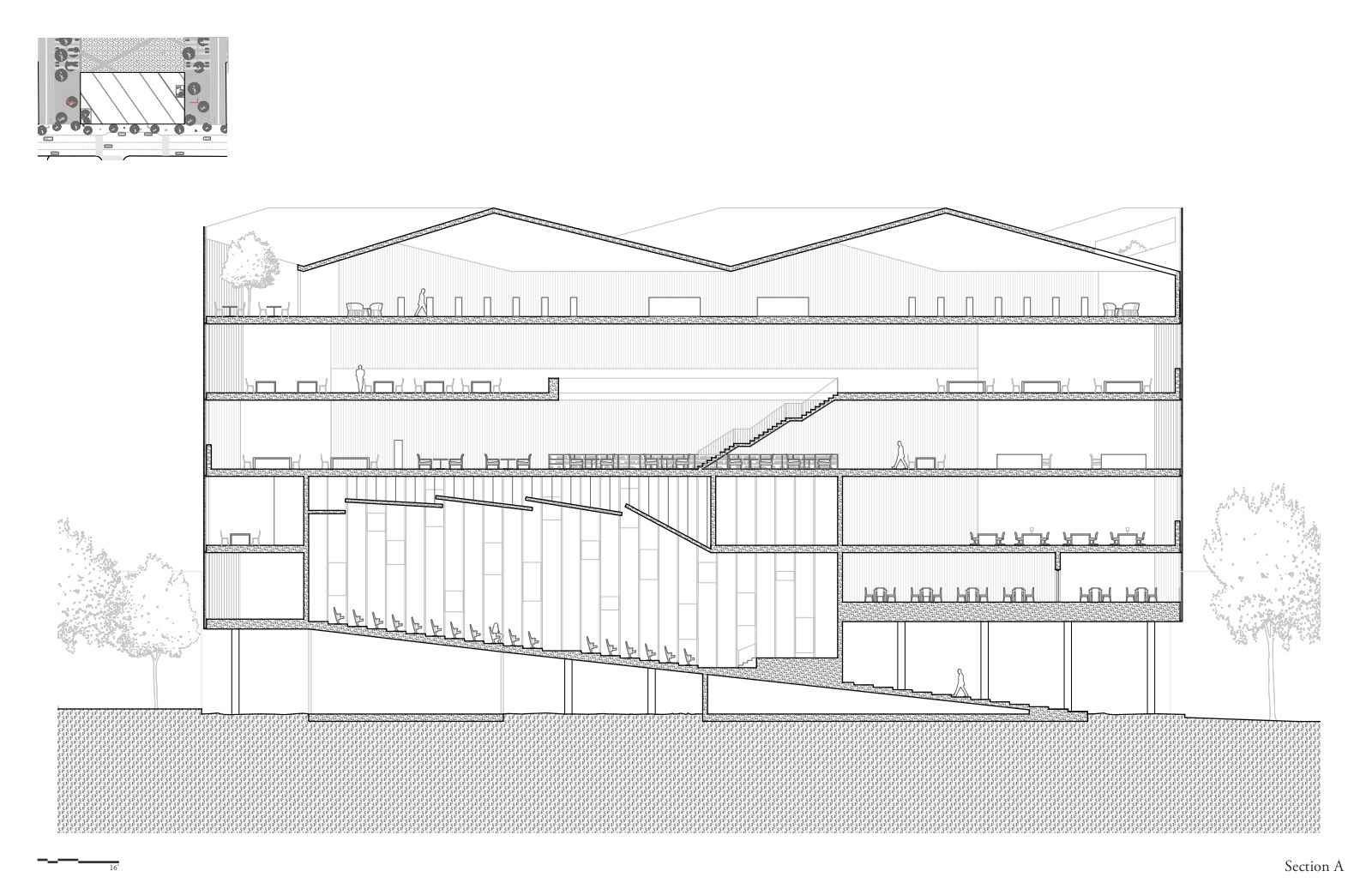
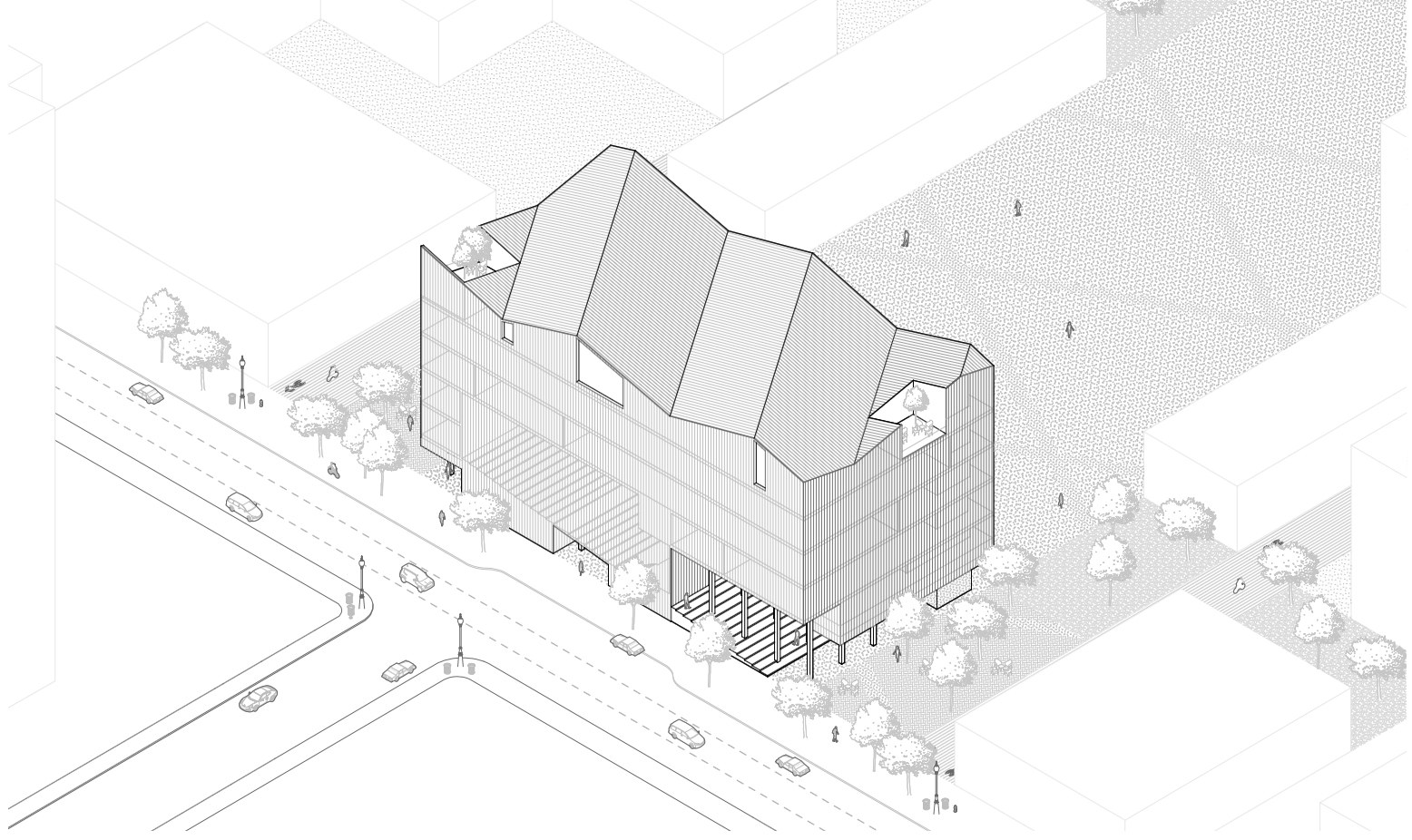
The Design Studio is divided into three differentiated but interconnected and nested parts:
Firstly, students will investigate, analyze, and synthesize the city's major urban systems transversely and across multiple scales.
Secondly, students will identify urban issues and opportunities and propose a resilient urban design for a specific part of the city, focusing on the architectural dimension of urban design. They will also analyze significant urban precedents during this phase.
Thirdly, students will develop an architectural design that acts as a catalyst for the previously designed part of the city based on a specific program.
Therefore, the students will integrate the urban and architectural design through the understanding of the intermediate scale.
NAAB Student Performance Criteria (2014):
Investigative Skills: Ability to gather, assess, record, and comparatively evaluate relevant information and performance in order to support conclusions related to a specific project or assignment.
Cultural Diversity and Social Equity: UNDERSTANDING the diverse needs, values, behavioral norms, physical abilities, and social and spatial patterns that characterize different cultures and individuals and the responsibility of the architect to ensure equity of access to sites, buildings, and structures.
Site Design: ABILITY to respond to site characteristics, including urban context and developmental patterning, historical fabric, soil, topography, ecology, climate, and building orientation, in the development of project design.
Building Materials and Assemblies: UNDERSTANDING of the basic principles used in the appropriate selection of interior and exterior construction materials, finishes, products, components, and assemblies based on their inherent performance, including environmental impact and reuse.
WORK
